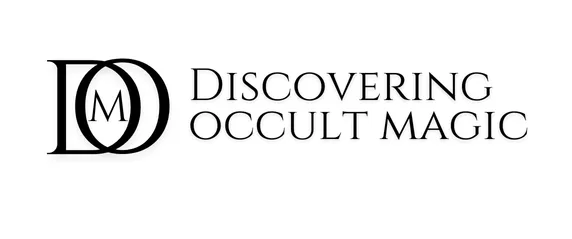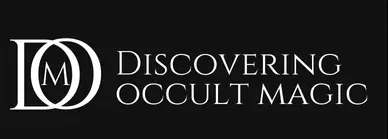Introduction
In this post, we’ll explore the deeper meanings behind the pentagram and hexagram rituals. We’ll look at what they do, when to use them, and how each fits into the broader landscape of magical practice. Whether you’re just beginning your journey or seeking to refine your understanding, this guide will help clarify how these rituals work, and why they matter.
At first glance, they can seem pretty similar: both involve tracing geometric figures in the air, calling on divine names, and working with elemental or planetary forces. Yet each serves a distinct purpose, rooted in different layers of magical philosophy. So, what sets them apart?
Let’s break it down.
The Pentagram Ritual: Anchoring the Microcosm
The Lesser Banishing Ritual of the Pentagram (LBRP) is usually the first ritual taught to students of ceremonial magic. And for good reason as it lays the groundwork for just about everything else.
So what is it really for?
The pentagram ritual is primarily concerned with the microcosm, that is, you. It’s a method of cleansing and balancing your personal sphere of sensation, and removing unwelcome guests. By tracing pentagrams and invoking archangels at the quarters, you’re harmonising your own energetic field and establishing spiritual clarity.
The pentagram itself, with its five points, symbolises the four classical elements (earth, air, fire, water) plus spirit. When used ritually, it acts like a psychic compass, aligning your body and soul with the elemental powers in a balanced way.
In short, the pentagram ritual is about protection, purification, and alignment of the self. It’s like brushing your magical teeth before getting on with deeper work.
The Hexagram Ritual: Tuning the Macrocosm
Now, enter the hexagram.
While the pentagram addresses the microcosm, the hexagram ritual engages with the macrocosm, the universe outside and beyond the individual. It’s used to invoke or banish planetary and zodiacal forces, aligning the magician with cosmic tides rather than elemental ones.
Where the pentagram has five points, the hexagram has six, representing the union of opposites: above and below, spirit and matter, divine and human. It’s the Star of David, the Seal of Solomon, the Rosicrucian flower in full bloom.
In ritual form, the hexagram is used to access planetary intelligences. For example, you might perform the Greater Invoking Ritual of the Hexagram of Jupiter to draw down energies of expansion, abundance, or divine justice. Unlike the pentagram, which builds your internal temple, the hexagram opens the doors to the heavens.
So, What’s the Practical Difference?
Here’s a simplified way to remember:
- Pentagram Ritual = You
Elemental balance, psychic hygiene, personal alignment. - Hexagram Ritual = Cosmos
Planetary and zodiacal work, cosmic forces, advanced magic.
Furthermore, these rituals are often layered. A magician may begin with the LBRP to stabilise their aura, followed by a hexagram ritual to connect with a specific planetary current. Think of it as tuning your instrument before performing a complex piece.
Symbolism and Application
- Pentagram: Spirit ruling over matter; initiatory; personal evolution.
- Hexagram: Harmony between divine and material realms; magical authority; cosmic engagement.
In magical practice, knowing when and why to use each makes a difference. The pentagram keeps your house in order. The hexagram invites the stars to dinner.
Final Thoughts
While both rituals come from the same Hermetic toolkit, they serve different ends. One refines the vessel, the other channels the wine. Both are essential to the well-rounded practitioner who seeks not only inner transformation but cosmic resonance.

